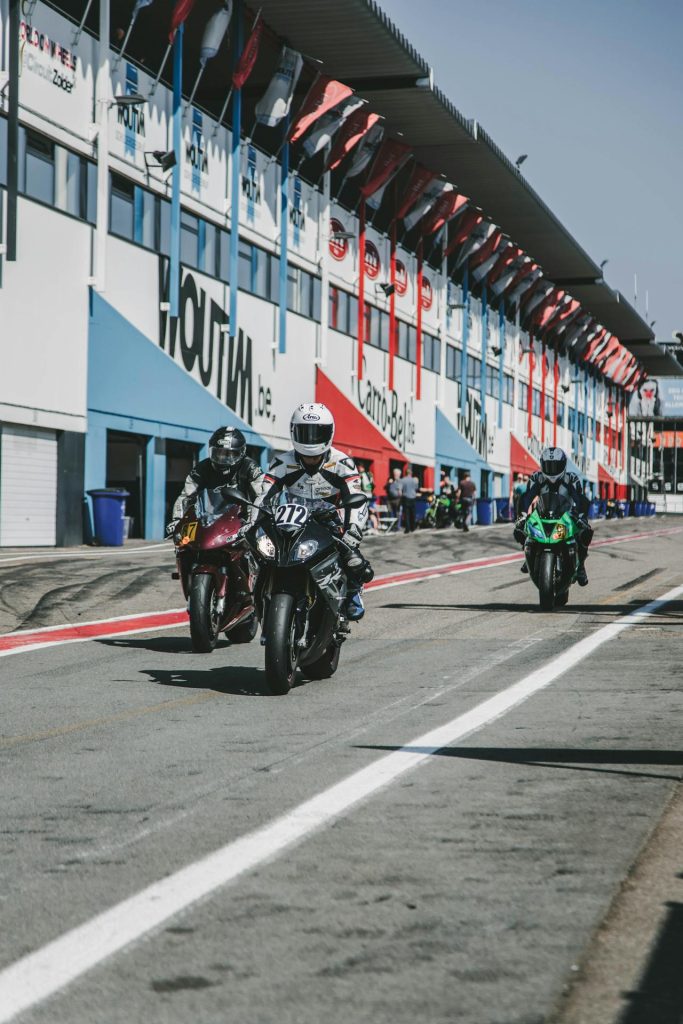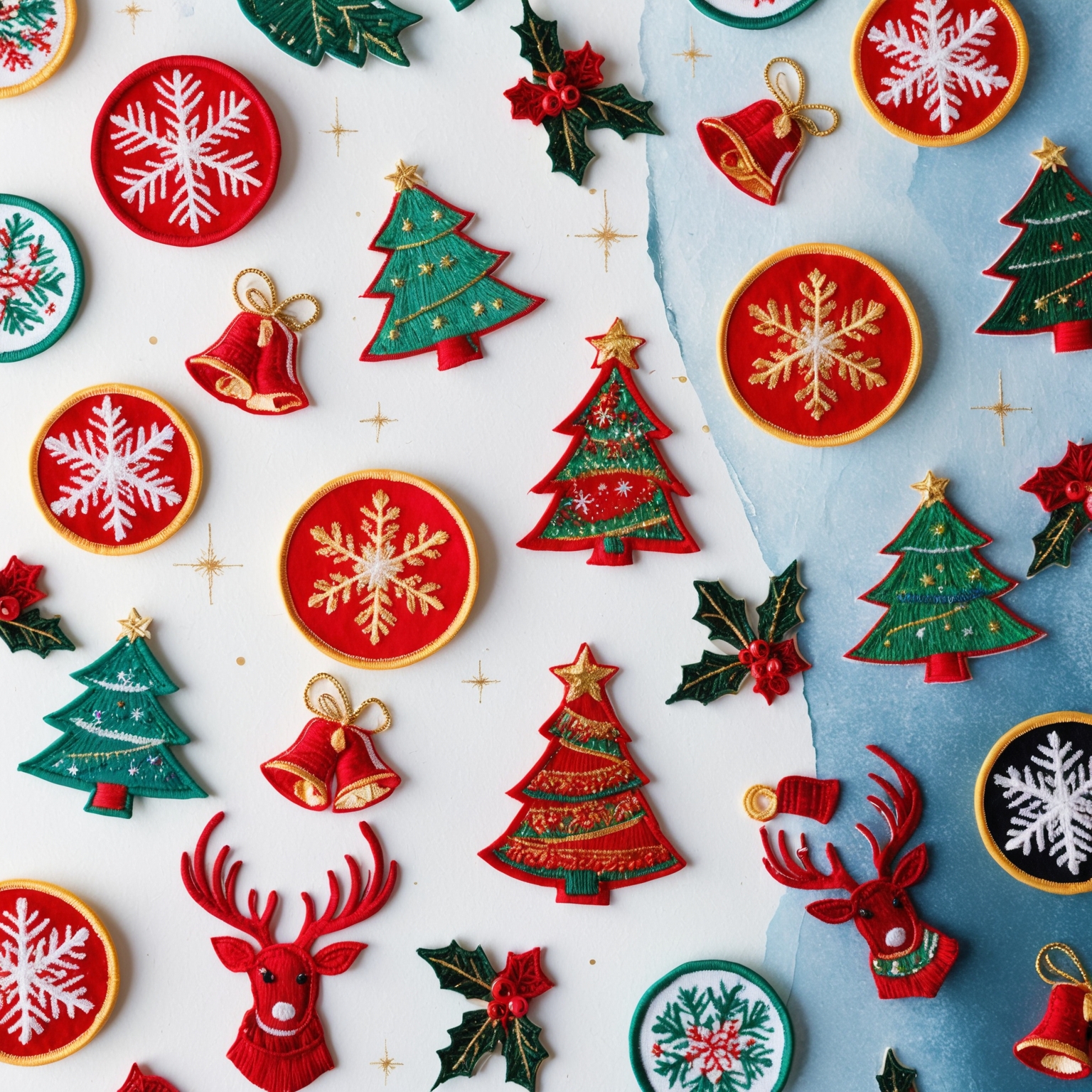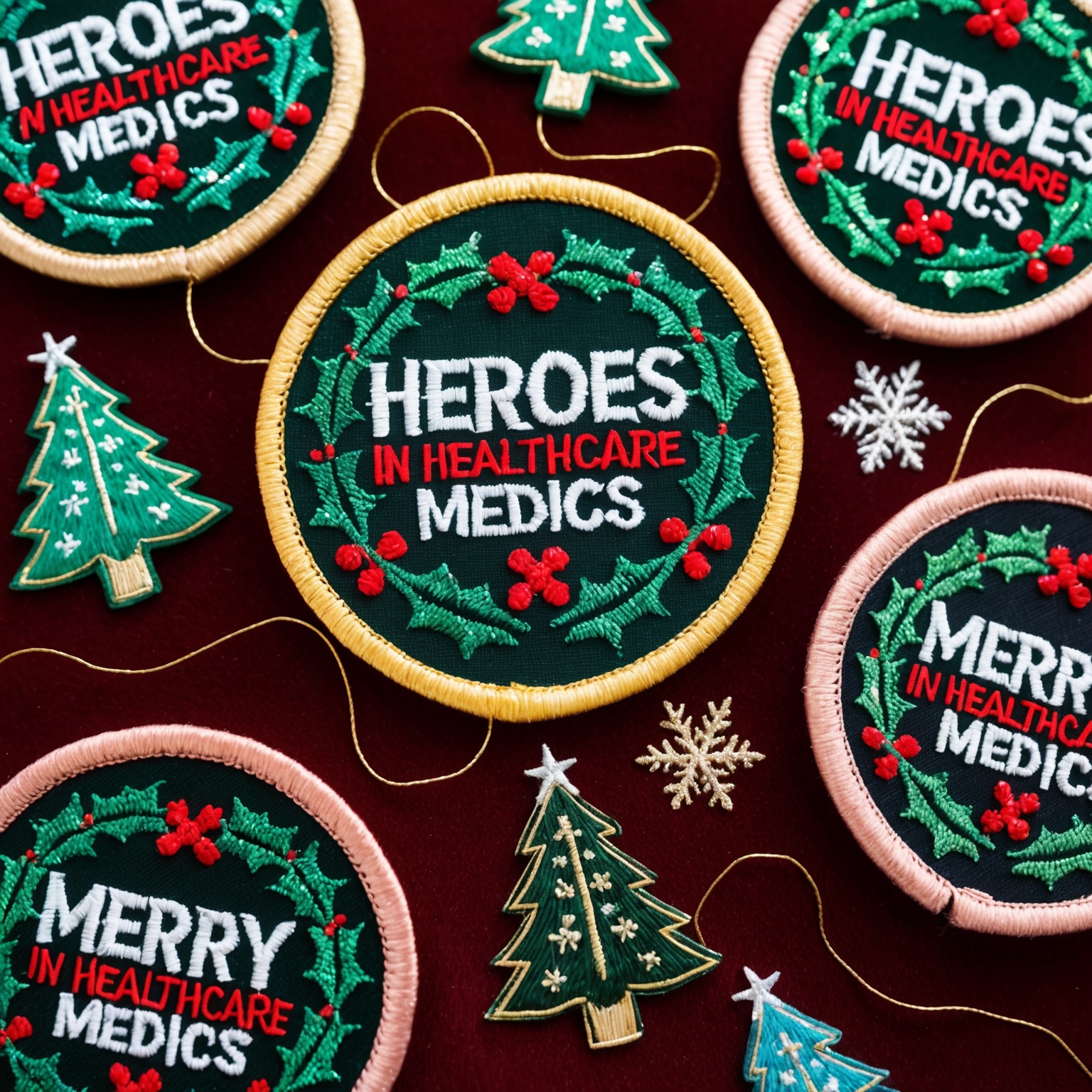The Significance of Biker Patch Exchanges
Biker patch exchanges are a deeply rooted tradition within motorcycle clubs and biker culture. These patches, often embroidered with club insignias, symbols, and slogans, are more than just decorative items; they are powerful symbols of identity, loyalty, and brotherhood. The exchange of biker patches is a ritual that strengthens bonds between riders, signifies mutual respect, and commemorates shared experiences. This article delves into the cultural significance of biker patch exchanges, exploring their origins, the meaning behind the patches, and the ways in which these exchanges foster a sense of community and camaraderie among bikers.
The Origins of Biker Patch Culture
Early Motorcycle Clubs and the Birth of Patches
The tradition of wearing patches on motorcycle jackets and vests dates back to the early days of motorcycle clubs in the mid-20th century. As these clubs formed, they adopted unique patches to signify membership and distinguish themselves from other groups. The patches typically included the club’s name, logo, and location, serving as a form of identification and a symbol of the club’s values and identity.
Example: The Hells Angels, one of the most well-known motorcycle clubs, adopted a winged death’s head as their logo, which became an iconic symbol in biker culture.
The Three-Piece Patch and Its Significance
In the world of motorcycle clubs, the “three-piece patch” is a common and highly symbolic design. It typically consists of a top rocker (the club’s name), a center patch (the club’s emblem or logo), and a bottom rocker (the club’s location or chapter). This design not only identifies the wearer as a member of a specific club but also represents the club’s hierarchy and territorial presence.
Example: A member of the Outlaws Motorcycle Club might wear a three-piece patch with the club’s name, their distinctive skull logo, and the name of their local chapter.
The Meaning Behind Biker Patches
Symbols of Identity and Belonging
Biker patches are a powerful symbol of identity and belonging. For many riders, wearing a club patch signifies a deep commitment to the club and its members. It represents the shared values, beliefs, and experiences that unite the group. The patches also serve as a way to communicate the club’s identity to others, both within the biker community and to the outside world.
Example: A rider wearing a patch from a veterans’ motorcycle club might display symbols of their military service, such as an American flag or military insignia, representing their dual identity as both a veteran and a biker.
Markers of Rank and Status
Within motorcycle clubs, patches can also denote rank and status. Different patches may indicate a member’s role within the club, such as president, vice president, sergeant-at-arms, or road captain. These patches are a visible representation of the club’s structure and hierarchy, reflecting the respect and responsibilities associated with each position.
Example: A club president might wear a patch with a star or another symbol indicating their leadership role, signifying their authority and responsibilities within the club.
Commemorating Events and Achievements
Biker patches are often used to commemorate significant events and achievements. This can include participation in club rides, rallies, and other events, as well as personal milestones like years of membership or special accomplishments. These patches serve as a record of the member’s journey within the club and their contributions to the group.
Example: A rider might earn a patch for completing a cross-country ride with their club, featuring a design that represents the route or destinations visited.
The Ritual of Biker Patch Exchanges
A Gesture of Respect and Brotherhood
The exchange of biker patches is a respected ritual within the biker community. It is a gesture of mutual respect and camaraderie, often occurring during meetings, rallies, and events where riders from different clubs come together. Exchanging patches signifies a bond of friendship and recognition of shared values and experiences.
Example: Members of different clubs who meet at a national rally might exchange patches as a way to honor each other’s clubs and the friendships formed during the event.
Commemorating Shared Experiences
Biker patch exchanges often commemorate shared experiences, such as joint rides, rallies, or charitable events. These exchanges serve as a way to remember and celebrate these moments, creating lasting memories and strengthening the bonds between participants.
Example: After a charity ride to raise funds for a local cause, participating clubs might exchange patches to commemorate their collective effort and support for the community.
Establishing Alliances and Friendships
In addition to commemorating events, patch exchanges can also establish alliances and friendships between clubs. This practice fosters a sense of unity and cooperation within the broader biker community. It can also help resolve conflicts and build bridges between groups with different backgrounds or perspectives.
Example: Two clubs that have recently resolved a dispute might exchange patches as a symbol of their renewed friendship and commitment to peaceful relations.
Types of Patches Exchanged in Biker Culture
Club Patches
Club patches are the most common type of patch exchanged in biker culture. These patches typically feature the club’s name, logo, and colors. They are often worn on the back of jackets or vests and are a key part of a biker’s identity.
Example: A club patch from the Mongols Motorcycle Club might feature their distinctive Mongolian warrior logo and the club’s name in bold lettering.
Event and Commemorative Patches
Event and commemorative patches are created to mark specific occasions, such as rallies, rides, anniversaries, or memorials. These patches often include the event’s name, date, and location, as well as unique designs that capture the spirit of the event.
Example: A patch commemorating a biker rally in Sturgis, South Dakota, might feature the rally’s logo, the year, and an iconic image of the Black Hills.
Personalized Patches
Personalized patches are custom-made to reflect individual achievements, interests, or affiliations. These patches can include a rider’s name, nickname, or a personal motto. They may also feature symbols or imagery that hold special meaning to the individual.
Example: A biker might have a personalized patch with their road name (a nickname used within the biker community) and an image representing their favorite hobby, such as a guitar or motorcycle.
Specialty Patches
Specialty patches are often awarded for specific accomplishments or roles within the club. These can include patches for leadership positions, special skills, or participation in significant events. Specialty patches are a way to recognize and honor individual contributions to the club.
Example: A rider who serves as the club’s mechanic might receive a patch featuring a wrench and the title “Club Mechanic,” acknowledging their technical expertise and service.
The Cultural Impact of Biker Patch Exchanges
Fostering a Sense of Community
Biker patch exchanges play a crucial role in fostering a sense of community among riders. By exchanging patches, bikers acknowledge their shared passion for motorcycles and the lifestyle that comes with it. This practice helps create a network of friendships and alliances, connecting riders across different clubs and regions.
Example: A rider who travels extensively might have a collection of patches from various clubs and events, each representing a connection made along the way.
Preserving Biker History and Tradition
Patches are not just personal mementos; they are also a part of the broader history and tradition of the biker community. The designs, symbols, and stories associated with each patch capture the evolution of biker culture and the significant events that have shaped it.
Example: A museum dedicated to motorcycle culture might display a collection of historical biker patches, showcasing the diversity and evolution of club designs over the decades.
Expressing Individuality and Identity
While patches are often associated with clubs, they also provide a platform for individual expression. Riders can choose to wear patches that reflect their personal interests, beliefs, and experiences. This customization allows bikers to express their unique identity within the larger community.
Example: A biker who is also a military veteran might wear patches that honor their service, alongside patches from their motorcycle club, blending their identities as a veteran and a rider.
The Etiquette and Protocol of Biker Patch Exchanges
Understanding the Meaning of Patches
Before engaging in a patch exchange, it’s important to understand the meaning and significance of the patches being exchanged. In biker culture, patches carry deep meaning, and offering or accepting a patch is a gesture that should be done with respect and understanding.
Example: A rider should be aware of the significance of a club’s patches and the protocols associated with wearing them, especially if the club has specific rules about patch exchanges.
Respecting Club Traditions and Rules
Each motorcycle club has its own traditions and rules regarding patches and patch exchanges. It’s essential to respect these rules, especially when interacting with members of different clubs. This respect helps maintain harmony and mutual respect within the biker community.
Example: Some clubs may have specific protocols for exchanging patches, such as requiring permission from a club officer or limiting the exchange to certain events.
The Exchange Process
The process of exchanging patches can vary depending on the context and the relationship between the parties involved. In some cases, patches may be exchanged informally during casual interactions, while in other cases, they may be exchanged during formal ceremonies or events.
Example: At a biker rally, two club leaders might exchange patches in a formal ceremony, with speeches and handshakes, to symbolize the friendship and alliance between their clubs.
Displaying and Preserving Biker Patches
Wearing Patches
Biker patches are typically worn on leather jackets, vests, or denim jackets. They are often sewn on or attached with Velcro, allowing for easy removal and exchange. The placement of patches can vary, with some clubs having specific guidelines for where patches should be worn.
Example: A rider might wear their club’s patch on the back of their jacket, with event and commemorative patches on the front or sleeves.
Collecting and Displaying Patches
Many riders collect patches as a hobby, creating displays to showcase their collection. These displays can include shadow boxes, patch boards, or albums. Collecting patches is a way to preserve the history and memories associated with each patch.
Example: A rider might have a wall-mounted display featuring patches from different rallies and events, along with photos and other memorabilia.
Preserving Patch Integrity
To preserve the integrity of biker patches, it’s important to care for them properly. This includes cleaning them gently, storing them in a cool, dry place, and avoiding exposure to harsh elements. Proper care ensures that the patches remain vibrant and intact over time.
Example: A rider might use a protective cover for their jacket or vest when not in use, to protect the patches from dirt and damage.
The Enduring Tradition of Biker Patch Exchanges
Biker patch exchanges are a cherished tradition within the motorcycle community, symbolizing identity, respect, and brotherhood. These exchanges are more than just the swapping of embroidered pieces of cloth; they are meaningful gestures that honor shared experiences, commemorate significant events, and build lasting friendships.
The cultural significance of biker patches extends beyond their aesthetic appeal. They represent the values, history, and unique spirit of the biker community. As riders continue to gather, ride, and celebrate their shared passion for motorcycles, the tradition of patch exchanges will undoubtedly endure, evolving with the times while preserving the rich heritage of biker culture.
Whether you’re a seasoned rider with a collection of patches or a newcomer eager to join the community, understanding and participating in the tradition of biker patch exchanges is a way to connect with the broader motorcycle community and celebrate the bonds that unite riders around the world.
If you are interested in purchasing high-quality custom patches, feel free to call us at 1-866-903-4903 or fill out one of our FREE quotes here.




